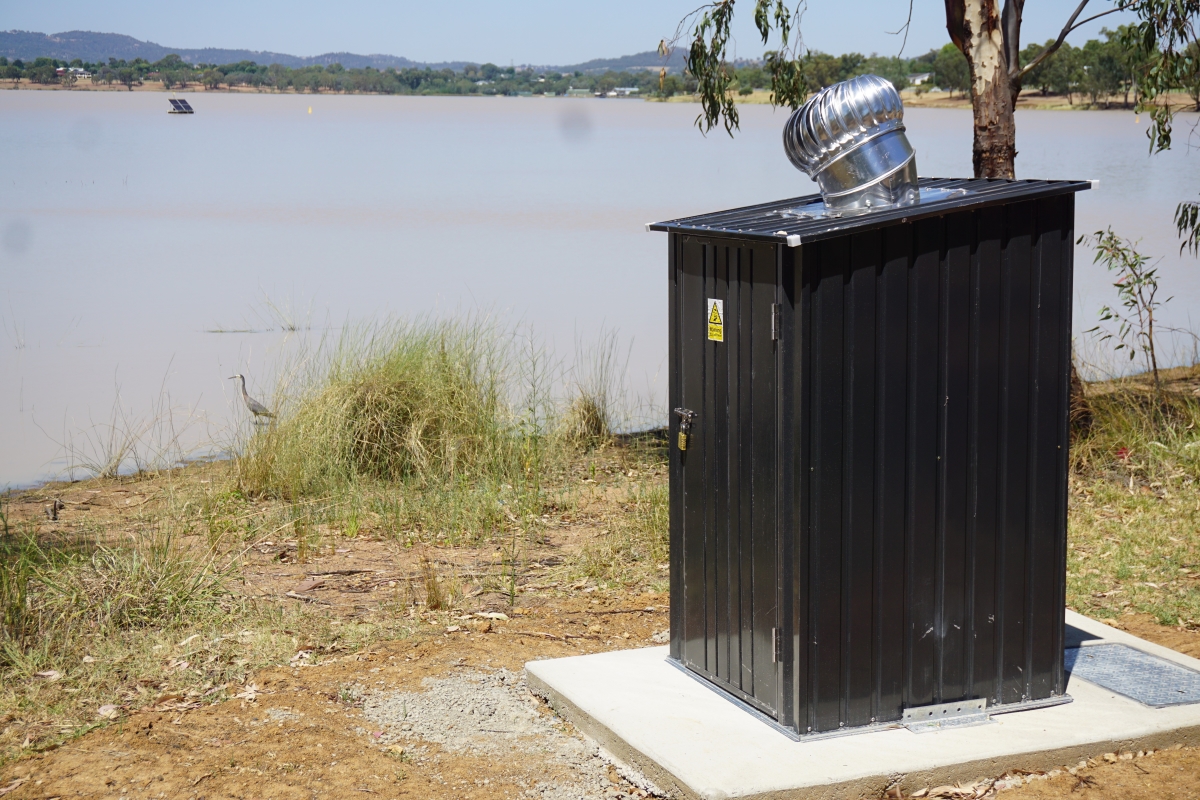The latest decision of the RBA to increase the cash rate by 0.25 basis points will further elevate mortgage stress and reduce borrowing capacity for homebuyers across the country.
Released today by the Bankwest Curtin Economics Centre at Curtin University, the ‘Housing Affordability in Western Australia 2023: Building for the future’ report has revealed the alarming extent to which housing affordability in WA has deteriorated in the last two years.
Private sector rents in WA increased by around 13% in the last year alone and rising interest rates have inflated mortgage payments for existing homeowners. Rising house prices, lower borrowing capacity and increased mortgage repayments have negatively affected prospective buyers.
The report shows that the mortgage delinquency rate has more than tripled for new homeowners who took out loans in 2022 compared to those with earlier loan vintages.
Report co-author and Bankwest Curtin Economics Centre Director Professor Alan Duncan said in the last two years interest rates had risen from 0.1 per cent to 3.85 per cent, increasing mortgage payments for a household on a variable interest rate by around $1,000 a month on a loan of $600,000. The borrowing capacity of potential purchasers has also fallen 25%, restricting buying options.
“These extra payments add to cost-of-living pressures driven by inflation and may lead to an increase in mortgage default, while borrowing capacity for new purchasers has fallen sharply, making it more difficult for first home buyers to break into home ownership,” Professor Duncan said.
“Listings for sale remain well below the ten-year average, reducing choice and making households less likely to put their home on the market. The lack of established supply and the relative affordability of the WA housing market have underpinned price growth in the state and prevented the type of price falls seen in NSW and Victoria.”
Report co-author Professor Steven Rowley, Director of the Australian Housing and Urban Research Institute’s Curtin University research centre, said new-build completions on the back of major construction activity stimulated by the ³Ô¹ÏÍøÕ¾Builder and Building Bonus COVID-19 stimulus payments had been delayed due to labour and material shortages.
“More than 27,000 homes were under construction at the end of 2022 but rates of completion remain slow and financial pressure continues to build on those consumers paying rent while servicing their mortgage debt,” Professor Rowley said.
“Eventually completions will feed through into supply and this report estimates around 10,000 households will gradually leave the rental sector and move into their new dwelling. However, REIWA estimate around 19,000 homes left the rental sector in the last two years as landlords have taken advantage of price growth and sold up, which means supply in the rental sector will remain constrained with little relief for tenants.
“We expect new dwelling supply over at least the next two years to be well below the 15-year average, limiting options for both buyers and renters.”
“Increased cost and build times mean people are reluctant to build and increased costs mean it is very difficult for developers to deliver financially feasible multi-residential developments. However, demand remains strong and the market could turn quickly.”
Professor Rowley said WA was almost totally reliant on the private sector to deliver new supply, with new development stimulated by profit, with market conditions being the biggest driver of profit outcomes.
“Reducing the costs of urban regulation and supporting the provision of new infrastructure would help stimulate supply and the State Government’s recent announcements delivering infrastructure support is a positive move,” Professor Rowley said.
“Government should explore all options to partner with the housing industry to deliver new developments quickly to the market. Delivering a steady supply of development ready land has never been more important.”
The report includes findings from the Australian Housing Conditions Data Infrastructure (AHCDI) survey, a new national survey of 22,500 homeowners and renters across the country funded by the Australian Research Council.
Results from the AHCDI survey show that 500,000 renters nationally are living in housing they regard as unaffordable and 300,000 rental households are living in poor quality housing.
“Poor housing conditions have a greater impact on dwelling satisfaction than affordability and lead to negative health outcomes. Minimum housing condition standards in the rental market are essential,” said Professor Rowley.
The report highlights the challenges faced by tenants in the private rental sector and identifies key priorities for the State Government around housing affordability, including the need to deliver significant and ongoing investment in social housing, more funding for homelessness services and residential tenancy reform.
“This report finds a WA rental market in crisis, with vacancy rates having remained largely below 1 per cent since September 2020, and rents having risen from around $350 per week at the end of 2019 to $550 in April 2023”, Professor Duncan said.
“And there is little respite on the horizon, with rental affordability unlikely to improve in 2023.”
Professor Rowley said while it was encouraging to see the State Government committing billions of dollars to increasing the quantity, and improving the quality, of social housing, it needed to fund the provision of around 900 social housing dwellings per annum in perpetuity just to maintain social housing at its current level of total stock (around 3.8%).
“This requires significant, but justifiable, ongoing investment in social housing and homelessness services, because social housing is critical infrastructure, and such investment is essential to the state.” Professor Rowley said.
“We would also encourage the State Government to reconsider how it works with the community housing sector. With private sector interest in funding affordable housing growing rapidly, the community housing sector has never been better placed to deliver cost-effective new affordable housing with appropriate support from government.”






